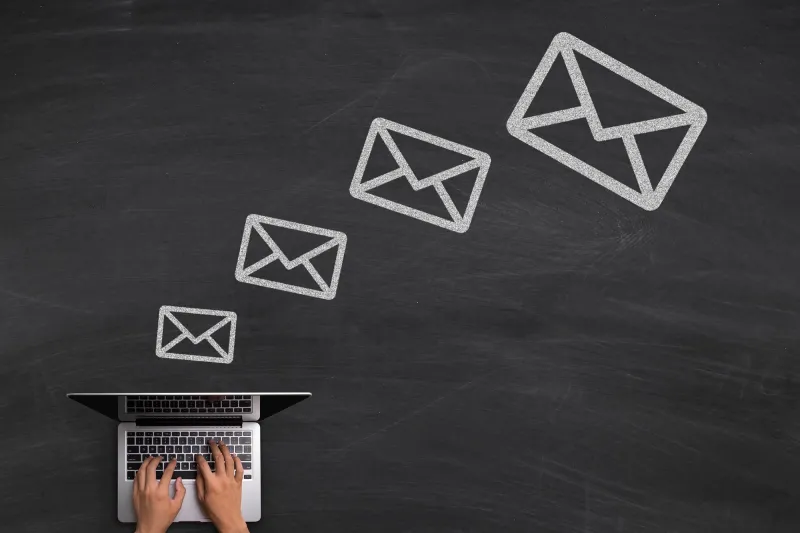


How to make the most of your new slimlined GDPR compliant email list

Now that the GDPR deadline has finally rolled around and you’ve crossed all your legal T’s and dotted your I’s, you should now have your perfectly GDPR compliant email list.
However, it may have come to your attention that this new GDPR compliant email list of yours is a reduced one...
Although this drop in numbers may seem scary, you now only have people on your list who are truly interested and engaged with your brand, which can only be a good thing. But this does put the pressure on you, as the content provider, to make sure your new email communications are the very best and most relevant that they can be.
Luckily for you we’ve put together a handy list of email marketing tips and tricks to consider!
Personalisation
Now you have all your data sorted out, you should have some first name data within your email list as well as other information, e.g. location, sex, product preferences, or whatever else is relevant to your business. With this data you should be able to put some pretty snazzy personalisation in place!
Mailchimp has a super simple system for creating personalised email campaigns using merge tags. These merge tags pull information already in your email list, such as first name data, into the email where you insert them. You can then check your email is pulling through this personalisation correctly using the preview and test function with live merge tag information enabled.
The right kind of personalisation, used carefully and with relevance, can be very powerful increasing engagement and retention when used effectively.
Segmentation
Now you have your GDPR compliant email data you should think about how you want to segment your customers/clients into categories. Think about what separate groups the people on your email list fall into. For example, an obvious one, is if you’re selling clothing you’ll probably want to segment your list into males and females so you can create separate emails for selling different clothing.
Equally having segments in place will help you analyse the performance of the email campaigns within these segments separately, allowing you to easily address any issues quickly within the relevant group.
Split testing
Now you have your lovely new list you’re going to want to find out what messages most appeal. This can be easily discovered with a split testing plan.
Think about what you want to discover about your audience. For instance, if you want to know if they engage better with one selection of products as opposed to another, split testing email content is a good way to simultaneously analyse both emails. Most email platforms also have a function where you can set up the test to run for a certain percentage of your list, and once the email winner has been decided from that percentage, the email system will automatically send the best performing email to the rest of the list.
Subject line
The email subject line is literally the first thing someone sees before opening up your email. So, make sure they’re interesting, exciting or intriguing and keep it short!
There are plenty of free subject line checkers out there which can be useful tools for quickly testing how your subject line might perform.
Automation
Setting up email automations can be extremely useful and potentially a big time-saver for marketers. Some easy automations to think about setting up are:
- Birthday emails (if you have DOB information within your platform) with a discount code attached.
- Welcome emails, use these to introduce people to your brand and encourage them to follow you on other social channels, increasing their engagement and loyalty to your brand.
- Lapsed emails, these target people who aren’t engaging with your emails or buying anything from your site and encourage them to re-engage with a series of promotions or discount codes.
The beauty of running email automations is once they’re set up they can just run, continually engaging customers, addressing lapsers and congratulating people on their birthday celebrations!
Lead generation strategy
Something you should also consider is creating an email lead generation strategy.Facebook has some great options for this with specific email lead generation forms available as adverts, which ask the user to fill in their email address to sign up to your newsletter. You can also enable integrations in most email platforms which will then automatically pull through these new Facebook generated email addresses into your email marketing platform.
Keep the list GDPR compliant
Another pretty important thing to consider, now you’ve gone to all that effort to make your email list GDPR compliant, is to keep it that way!Make sure you have the right T&C’s on your website, you’re collecting emails on a positive opt in basis and cleansing your list of opt outs and hard bounce email addresses regularly.
If you need any help with your email marketing strategy, content or integrations contact: [email protected].
Posted 4 June 2018